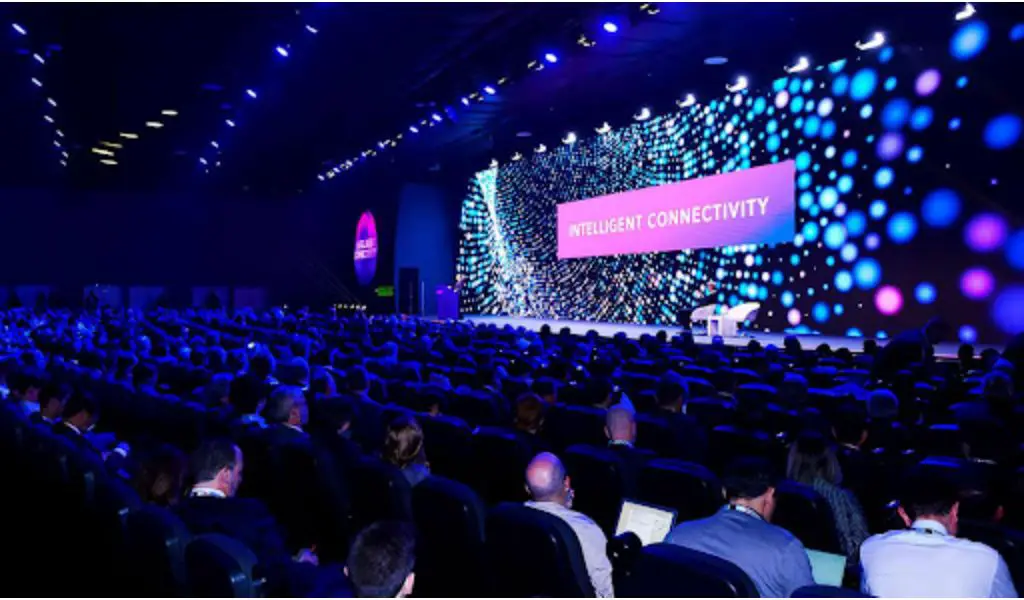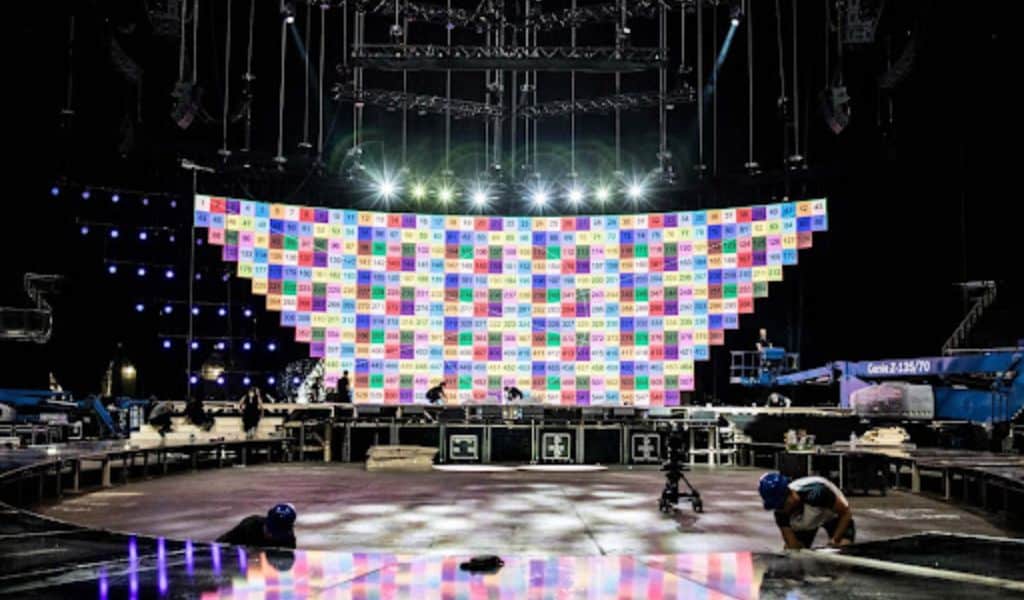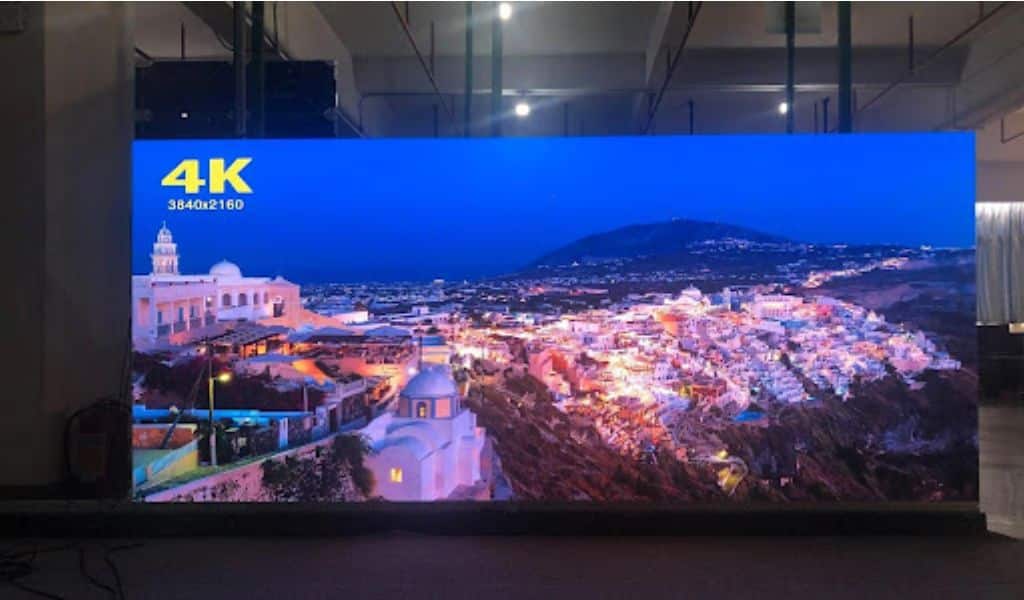We rely on LED display panels for a high-quality viewing experience, and over the years they have become more widely used and better at delivering unforgettable moments; However, not all LED displays are created equal, and the refresh rate or vertical scan rate is a critical factor that can significantly affect its performance.
Refresh rate refers to how quickly a display device refreshes a stationary image to give the impression of motion.
Simply put, the refresh rate is the number of times the screen refreshes its image per second. A higher refresh rate allows for a smoother, more fluid viewing experience, which is particularly important for broadcast, theaters, churches, small indoor events, and virtual productions.
This article will look at how refresh rate affects your viewing experience, which panels to choose based on your requirements, and an assessment of various LED displays.
What is the refresh rate of LED displays?
LED panels are famous for having exceptionally clear, high-quality displays. Its fast refresh rate, which indicates how fast the screen refreshes the image per second, is a major contributing component. A smoother, more fluid screen that displays more images per second is the result of a faster vertical scan speed.
This feature is crucial for fast-paced content, such as gaming or sports, where a high refresh rate can significantly affect your overall performance and visual quality.
A high-quality device ensures that the message is conveyed and understood by the audience without any technical errors that could distract the audience.
Difference Between Frame Rate and Refresh Rate on LED Display Panels
In display technology, the phrases frame rate and refresh rate are sometimes used interchangeably, but it’s important to realize that they have different meanings. Refresh rate is how often a screen refreshes its display every second, while frame rate is the number of frames or images a device can display in one second.
While both are crucial to providing a smooth and seamless viewing experience, they affect different aspects of viewing. Frame rate affects the smoothness of motion and clarity of images, while refresh rate affects the overall fluidity and responsiveness of the screen.
For example, a video game with a low frame rate will produce stuttering and blurry images, while a low refresh rate can cause screen tearing and input lag. Therefore, it is essential to consider both when evaluating the performance and visual quality of a display device.
Vertical scan rates on LED video walls
Since LED video walls display high-quality images, a high vertical scan speed is crucial for a quality viewing experience.
A high refresh rate ensures that images on the display panel refresh frequently and quickly, reducing the chances of screen tearing and input lag. Therefore, ensuring a high refresh rate is critical to displaying images smoothly and smoothly.
The difference in quality between 1920 Hz and 3840 Hz
The refresh rate is measured in Hertz (Hz), which refers to the number of times the screen refreshes the image per second. In recent years, the standard refresh rate for most LED displays has been 1920 Hz. However, LED video walls are now commercially available at 3840 Hz. With the naked eye you can tell the difference between these two.
3840Hz provides a smoother and more fluid visual performance. This new technology ensures there is no motion blur or lag, resulting in a more immersive viewing experience.
On the other hand, 1920 Hz can result in visible motion blur, lag, and ghosting. It negatively affects the overall quality of the images, making for a less satisfying viewing experience.
While a 3840Hz is certainly superior, it’s important to note that it comes at a higher cost. Also, not all devices support 3840 Hz, so it’s essential to confirm compatibility before making a purchase.
Advantages of choosing the 3840 Hz refresh rate
While it may seem like just another number, there are several benefits to choosing this refresh rate.
First, a higher refresh rate means smoother movement on the screen. At 3840 Hz, you’ll notice that fast action and movement on the screen look smoother and more fluid.
Another benefit of a higher refresh rate is reduced motion blur. Motion blur occurs when the image on the screen appears blurry or smeared during fast-moving scenes. By boosting to 3840 Hz, you’ll see less motion blur and a sharper image overall.
In addition, it can also reduce eyestrain and fatigue. When you look at a screen for too long, your eyes can get tired and strain.
Finally, a 3840 Hz refresh rate can also improve your overall viewing experience. You will notice more detail and clarity in the images on your screen.
What affects the refresh rate and grayscale of the LED display?
The components of the display device directly affect the overall experience, and things like the LED chip are crucial. Poor quality chips can result in slow refresh rates and limited grayscale capabilities. The design of the LED module and driver circuitry can also affect the refresh rate and gray scale.
To ensure optimum performance, it is vital to choose equipment with high-quality components.
How to increase the refresh rate?
When shopping for a new display device, consider these tips to get moments you’ll never forget with the best viewing experience:
- Check your device settings to see if you can adjust the refresh rate manually. Some devices allow you to increase the refresh rate to 120Hz or higher, which can make a noticeable difference.
- Use software that can optimize the performance of your device. This can include tools like driver updates, overclocking software, or system optimization programs.
- Consider upgrading to a higher quality device.
Standards for optimal LED walls
Here are some things to consider. First, a refresh rate of no less than 3840 Hz is recommended for optimal performance on large LED displays.
Another vital factor is the size of the screen panel. This is because larger screens require more processing power to display images, and a higher refresh rate helps reduce motion blur and improve image quality.
You should also consider the content that you will display on your LED wall. A high refresh rate is essential if you plan to use it for fast-moving video. However, a lower refresh rate may be enough if you use it mainly for static images or text.
Finally, a brand with a good reputation for quality and reliability is essential. Led Nation offers panels with a 3840Hz refresh rate and high resolution and is easy to maintain from the front. Perfect for broadcasts, theaters, churches, small indoor events, and virtual productions.
Subscribe to our latest newsletter
To read our exclusive content, sign up now. $5/month, $50/year
Categories: Technology
Source: vtt.edu.vn




